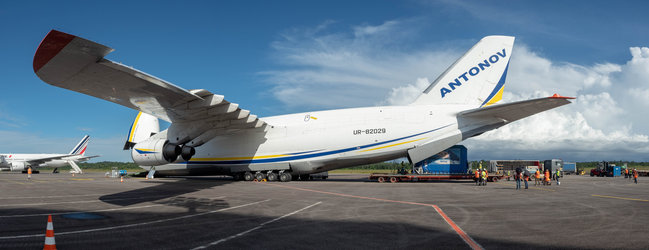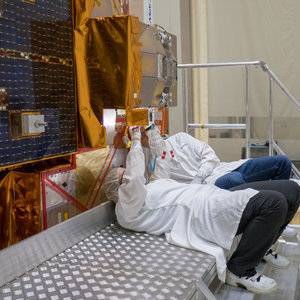Counting down to MetOp-C
Teams at ESA’s European Space Operations Centre in Germany have been training for months in preparation for next week’s launch of MetOp-C – the last in the current series of meteorological satellites that provide high-quality data for weather forecasting and climate monitoring from polar orbit.
As a collaborative undertaking between ESA and Eumetsat, the European Organisation for the Exploitation of Meteorological Satellites, ESA is responsible for building the satellites and placing them into orbit, and Eumetsat for operating them once in orbit, and processing and distributing the data.
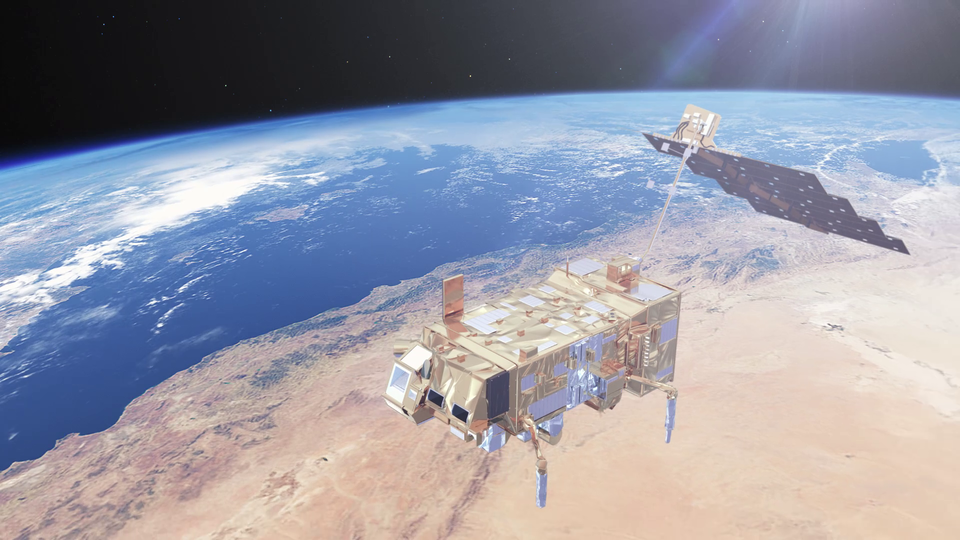
The MetOp series are improving weather forecasts thanks to their ability, among other features, to gather temperature and humidity profiles from a relatively close 800 km-altitude orbit.
“Flying at low altitudes, these polar-orbiting satellites are able to capture images of our planet in unprecedented detail, and we are delighted to support Eumetsat in getting them into space,” says Paolo Ferri, ESA’s Head of Mission Operations.
MetOp-C is scheduled to lift off on a Soyuz rocket from Europe’s spaceport in Kourou, French Guiana, at 00:47 GMT (01:47 CET) on Wednesday, 7 November.
About one hour later, the satellite will separate from the Soyuz upper stage and a ‘team of teams’ at the operations centre will assume control.

As with every launch, the mission control team comprises dedicated expert groups that seamlessly come together to support the spacecraft, including the flight control team, flight dynamics team, ground operations team and software support team, among others.
Shepherding the new mission through the critical first three days of its life, these teams will ensure that it is fully functional following the rigours of launch.
They will send commands to activate various flight systems, including configuring communication systems and flight control systems, as well as manoeuvring the satellite into its target orbit.
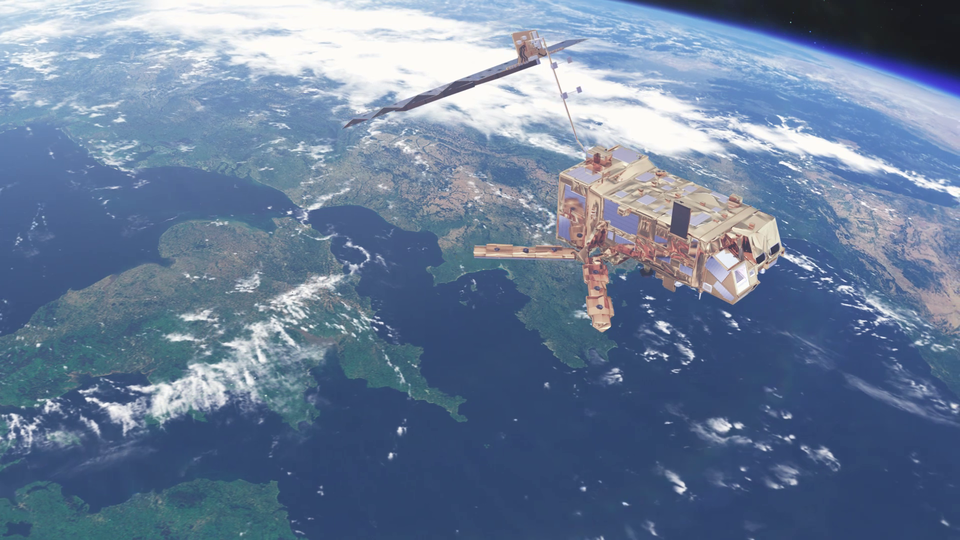
Like its predecessors in orbit, this latest MetOp carries an extensive set of instruments providing a range of observations of the global atmosphere, oceans and continents.
Stéfane Carlier, ESA's MetOp-C Project Manager, said, “Here in Kourou we have been getting the satellite ready for its big day. It has now been encapsulated in the Soyuz rocket fairing so we are having to say farewell to the last spacecraft of the MetOp family that has kept some of us busy for so many years.
“Teams from ESA, Eumetsat, Arianespace and Airbus are working together to ensure a smooth liftoff next week, and indeed to ensure that MetOp-C will deliver the essential information for weather forecasts on which we all rely”.
Practising for critical early days
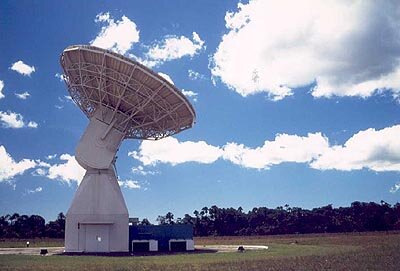
For months, mission controllers have been practising every step in the flight plan in a series of simulations, making sure they are ready to react to any possible contingency situation.
“I have been involved now in the last two MetOp launches, yet no matter how often you have done it, these initial days in space are a nerve-wracking period,” explains Flight Operations Director Hervé Côme.
“Following our months of training and with teamwork, nothing should come as a surprise, but we will be ready in any event”.
Ready to hand over
If all goes to plan, teams at ESA’s mission control will hand MetOp-C over to Eumetsat just 72 hours after liftoff.
The first signal from MetOp-C is expected around 60 minutes after liftoff, and will be received by the Yatharagga ground station in Australia — marking the first vital sign that all is well.
Six ground stations around the world will keep an eye on the satellite through these early days, including ESA’s Kourou station — part of the Agency’s global Estrack network.
Follow live updates during the MetOp-C launch via @ESAOperations on Twitter.



